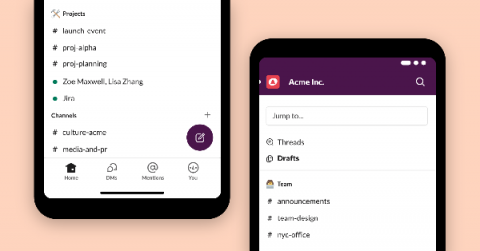A Step-by-Step Guide on How To Use Microsoft Teams
As many teams are now working remotely due to COVID-19, they’ve been forced to use virtual communication tools like Microsoft Teams to collaborate effectively! But how do you go about using Microsoft Teams? After all, while Microsoft Teams is an effective tool, it can be confusing! To help you get a quick start, this article is a step-by-step guide on how to use Microsoft Teams for your video conferencing and communication needs.










